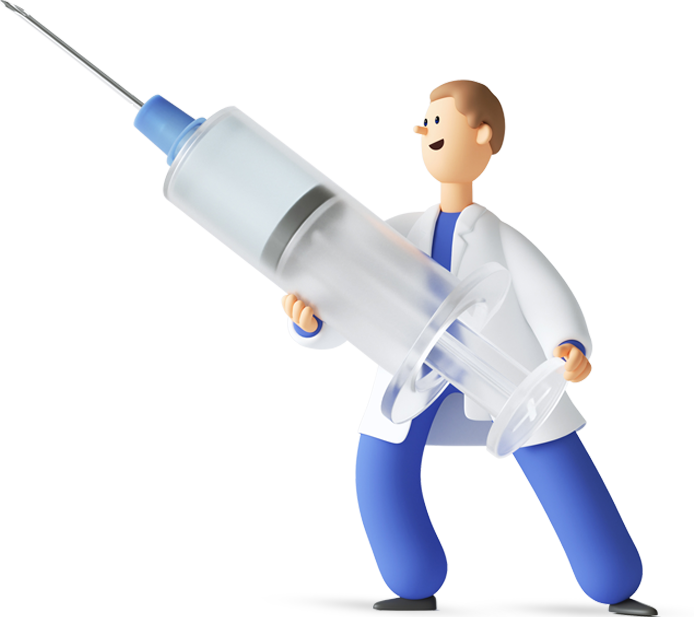

Manual lymphatic drainage
Manual lymphatic drainage, also known as lymphatic drainage massage, is a gentle form of massage aimed at relieving painful swelling in the arms and legs caused by lymphedema. It is particularly beneficial for individuals recovering from breast cancer surgery.
What Causes Lymphedema?
Lymphedema occurs when tissues retain fluid that remains after your cardiovascular system delivers blood to tissues and organs.
How is lymphatic drainage done?
A lymphatic drainage massage involves two steps:
- Clearing: This step releases lymphatic fluid in your tissues.
- Reabsorption: This step moves the lymphatic fluid to your lymph nodes.
Recommended for:
* Muscular injuries
* Rheumatoid arthritis
* Lymphoedema
* Oedema
* Burns
* Wounds/scars
* Post operation
Pricing
£20-£35
Duration
30-60 mins
Benefits
Reduces pain
Promotes healing
Reduces swelling
Breaks down cellulite and fat cells
Eases tension in the body
Our approach to Rehabilitation at Body Boost Clinic
Rehabilitation provides a vital role in pain relief and recovery from fractures, surgery, age-related conditions and muscle, tendon and ligament injuries. But you don’t have to be injured to benefit from physiotherapy; it’s just as valuable as a preventative measure, and is highly recommended for athletes, physical performers or anyone that struggles with pain in everyday life.
Exercise Prescription
The primary method we use to rehabilitate injuries is precise, individualised exercise prescription which addresses any associated weaknesses or imbalance. We also design our exercise prescriptions to reduce the risk of further injury, and it is recommended not just for rehabilitation but prevention as well. If you have any results out of the normal range we recommend you consult a doctor just to be sure that everything is ok.

FAQ
Are there any risks associated with lymphatic drainage massage?
Generally speaking, lymphatic drainage massage is a safe treatment to relieve lymphedema. There are some conditions and circumstances where lymphatic drainage massage is not recommended:
-
You have a heart condition,
You have kidney failure,
You have blood clots,
You have an infection.
How Do You Know If You Would Benefit from MLD?
All our cells rely on lymph fluid to boost immunity and transport waste products. So theoretically, a congested lymphatic system can compromise your immune system. And since lymph fluid is full of disease-fighting white blood cells, stuck fluid can contribute to a host of issues, including lymphedema.
The most obvious sign of a compromised lymphatic system is swelling. Like the blood that’s part of your circulatory system, lymph fluid is constantly moving. If it stops, lymph fluid can build up and create swelling, usually in the arms and legs. If your rings feel tight or your clothes begin to feel a bit snugger, that could be a sign that you’re holding on to excess fluid. You might also experience pain and a feeling of heaviness.
Most of the time, lymphatic vessels become congested as a result of surgery, infection, trauma or diseases like cancer. So, chances are good that if your lymphatic system is suffering, you’d know it. Infection and tight muscles may also be signs of congestion.
In addition to cancer, conditions such as rheumatoid arthritis, fibromyalgia, chronic venous insufficiency (which happens when your leg veins aren’t working correctly) and lipedema (where abnormal fat accumulates in your body) can cause lymphedema.
How can Rehabilitation help with pain relief?
A good program involves exercising the injured area and stretching tight muscles, massaging sore spots, and doing exercises that prepare it to withstand stress from exercise, competition, or other situations that could cause injury in the future. During the sports injury rehabilitation process, there are certain techniques that can be used by sports physiotherapists to help promote the healing process of soft tissues.
How does Rehabilitation prevent injury?
Physiotherapy can help deal with injuries by restoring strength and mobility to the affected part of the body. In addition, it can also help prevent future injuries. A physiotherapist can help come up with a plan to prevent future injuries for athletes or people who do daily exercises or any other physical activities. They will examine your lifestyle, medical history, or any previous injuries to come up with a plan for you.
A physiotherapist can identify the common injuries that you are susceptible to when playing a particular sport or doing any repetitive movements. Based on this they can provide various recommendations to help you avoid these overuse injuries.
This plan can include regular exercises, stretching or any manual therapy to strengthen the body and improve flexibility. It can help people regain their energy, movement, and overall strength of the body. Physiotherapists can continue to guide the patients and educate them so that they can avoid over stressing their body and watch out for any signs of injuries.
What can I expect from Rehabilitation?
Your session will be unique, because it is all about you and your particular needs. In general, here’s what happens:
-
The physiotherapist learns about your medical history
The physiotherapist assesses and diagnoses your condition
You receive a treatment plan that sets goals for you
You are prescribed a course of exercises and any assistive devices needed









